8 min read
Microsoft Licensing Update: Ignite 2025 Key AI and Security Changes
Microsoft Ignite 2025 set a new direction for organizations navigating the evolving landscape of AI and cloud technology.
3 min read
Nicole Walker
:
Jun 26, 2025 1:01:37 PM
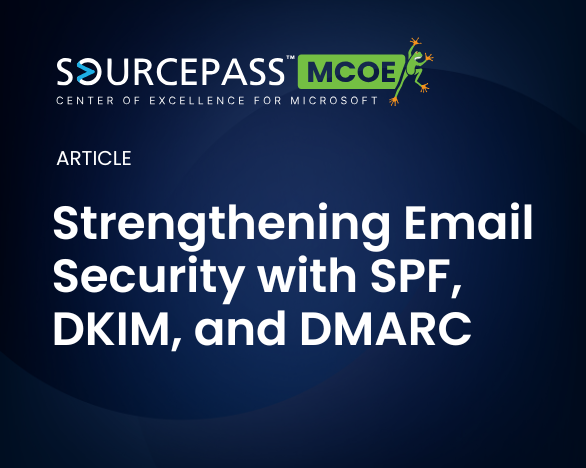
Email continues to be one of the most exploited entry points for cyberattacks, including phishing, spoofing, and business email compromise (BEC). While filtering technologies help reduce noise, they don’t solve the core problem: verifying whether a message is legitimate. This makes message authentication a critical component of email Security.
That’s where authentication comes in. Three DNS-based protocols—SPF, DKIM, and DMARC—work together to establish trust in email communication. Understanding how they function and how they complement each other is essential for securing your organization’s email infrastructure.
SPF is a DNS-based protocol that helps prevent sender address forgery by specifying which mail servers are authorized to send email on behalf of your domain. When an email is received, the recipient’s mail server checks the domain’s SPF record to verify whether the sending server’s IP address is listed as an approved sender.
This validation step helps reduce spoofing by confirming that the message originated from a legitimate source. However, SPF has limitations. It only verifies the envelope sender (the "MAIL FROM" address), not the visible "From" address that users see. It also doesn’t ensure that the message content hasn’t been altered in transit. For that, additional layers like DKIM and DMARC are required.
DKIM provides a way to verify that an email message was not altered after it was sent and that it genuinely comes from the claimed domain. It works by attaching a digital signature to each outgoing message. This signature is generated using a private key held by the sending mail server. The corresponding public key is published in the domain’s DNS records, allowing receiving servers to validate the signature.
If the message content or headers are changed at any point after it leaves the sender’s system, the signature verification will fail. This gives recipients a reliable way to confirm both the integrity of the message and the authenticity of the sender. DKIM is a critical layer in email authentication, especially when used in conjunction with SPF and DMARC.
DMARC builds on SPF and DKIM by giving domain owners a way to enforce authentication policies and gain visibility into how their domain is being used. It allows you to publish a policy in DNS that tells receiving mail servers what to do with messages that fail SPF and DKIM checks. You can choose to monitor, quarantine, or reject those messages.
In addition to enforcement, DMARC enables reporting. This gives you insight into who is sending email on your behalf and whether those messages are passing authentication. When properly configured, DMARC helps prevent spoofing, improves deliverability, and provides a feedback loop that’s essential for maintaining a secure and trusted email domain.
SPF, DKIM, and DMARC each address different aspects of email authentication. When implemented together, they provide a layered defense that strengthens your domain’s reputation and reduces risk.
Specifically, they help:
Implementing SPF, DKIM, and DMARC doesn’t require a major overhaul, but it does require attention to detail. To begin strengthening your email authentication posture:
We specialize in helping organizations implement and optimize SPF, DKIM, and DMARC as part of a broader email security strategy. Whether you're working to improve deliverability, reduce spoofing, or meet new sender requirements from Microsoft, Google, and Yahoo, our team can help you get there.
We can assist you in implementing and configuring a DMARC reporting tool called EasyDmarc to simplify the process of achieving DMARC alignment and provide ongoing reporting around DMARC.
We also offer a free Office 365 security assessment to help you evaluate your current posture and identify opportunities for improvement. If you're ready to take the next step, reach out to our team to schedule a consultation.

8 min read
Microsoft Ignite 2025 set a new direction for organizations navigating the evolving landscape of AI and cloud technology.
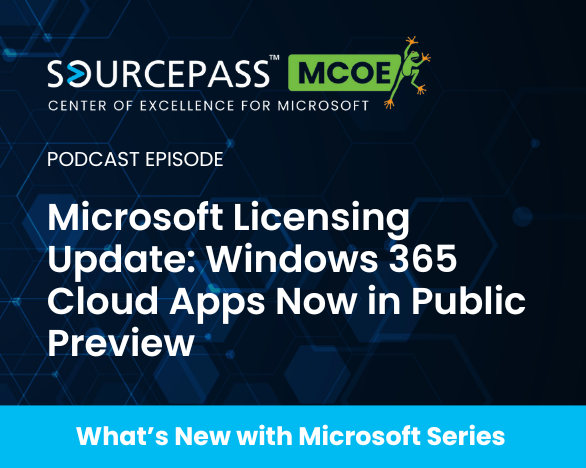
6 min read
Microsoft’s Windows 365 Cloud Apps, now available in public preview, introduces a new way for organizations to deliver only the applications users...
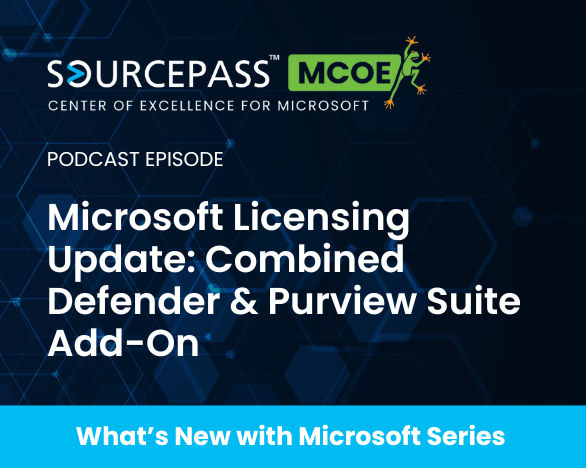
5 min read
Microsoft has introduced a combined security and compliance add-on for Business Premium subscribers, delivering enterprise-grade protection and...
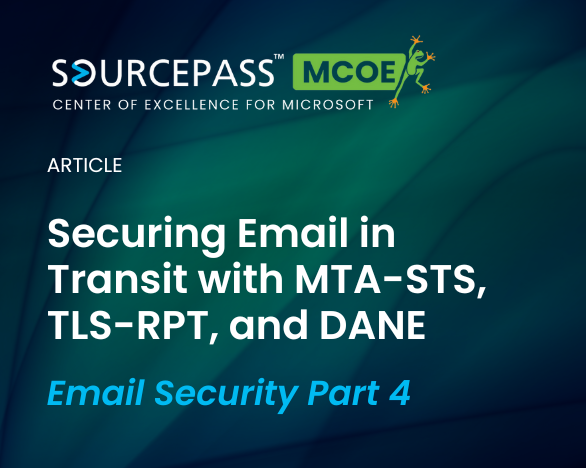
Attackers don’t just target users anymore. They exploit the gaps in the infrastructure that moves email across the internet. Encryption in transit...
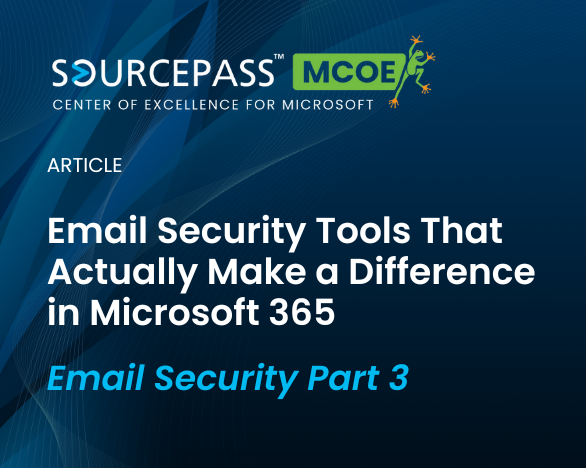
Email remains one of the most common ways attackers gain access to organizations. DNS, SPF, DKIM, and DMARC serve as identity checks that verify...
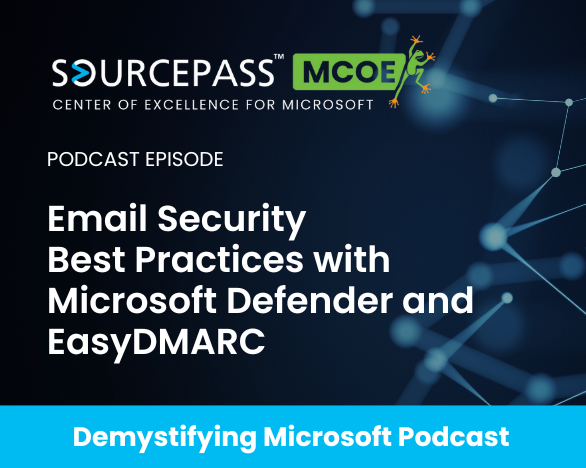
Microsoft Defender for Office 365 and EasyDMARC are reshaping email security by combining advanced AI-driven threat detection, robust reporting, and...